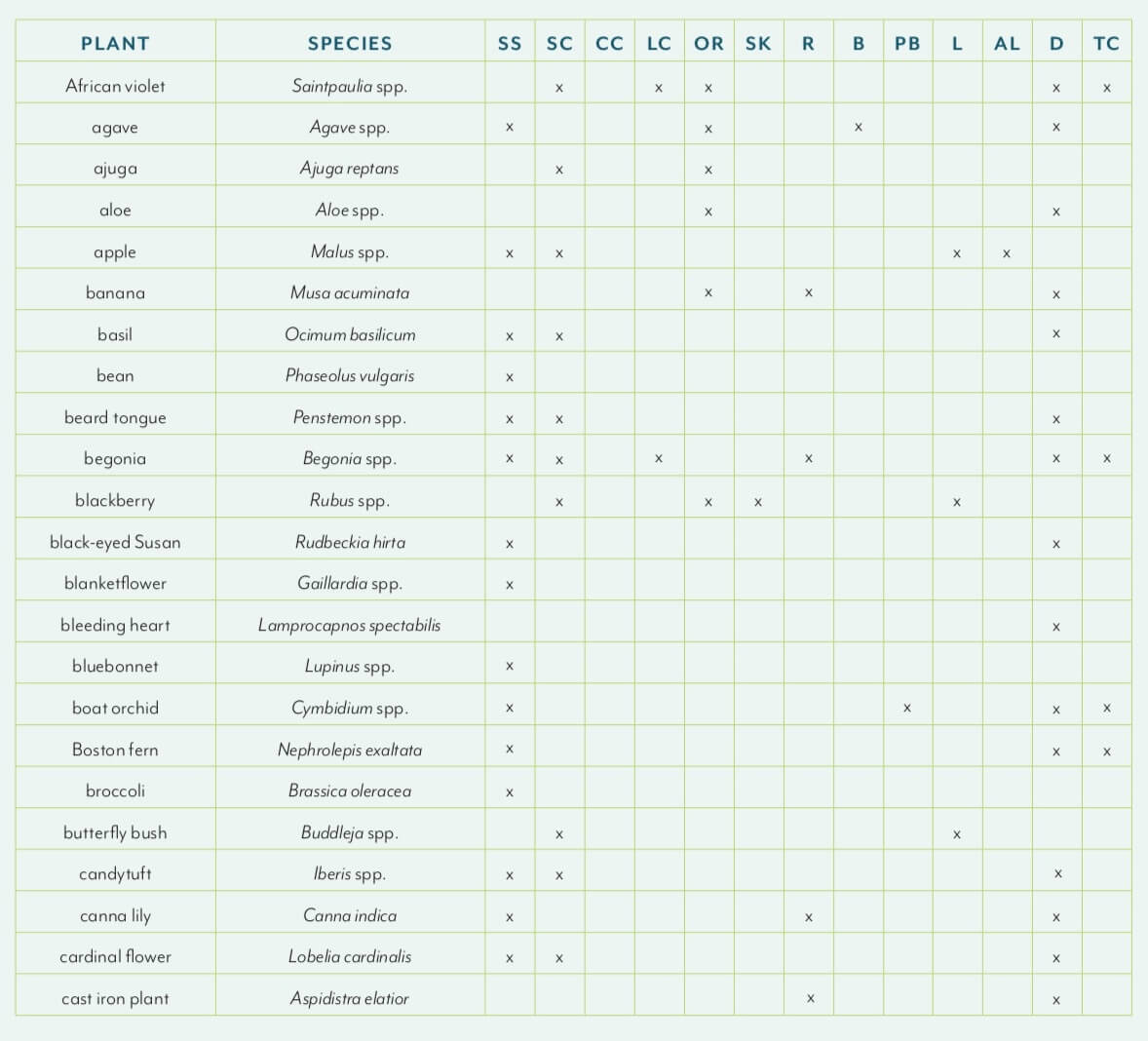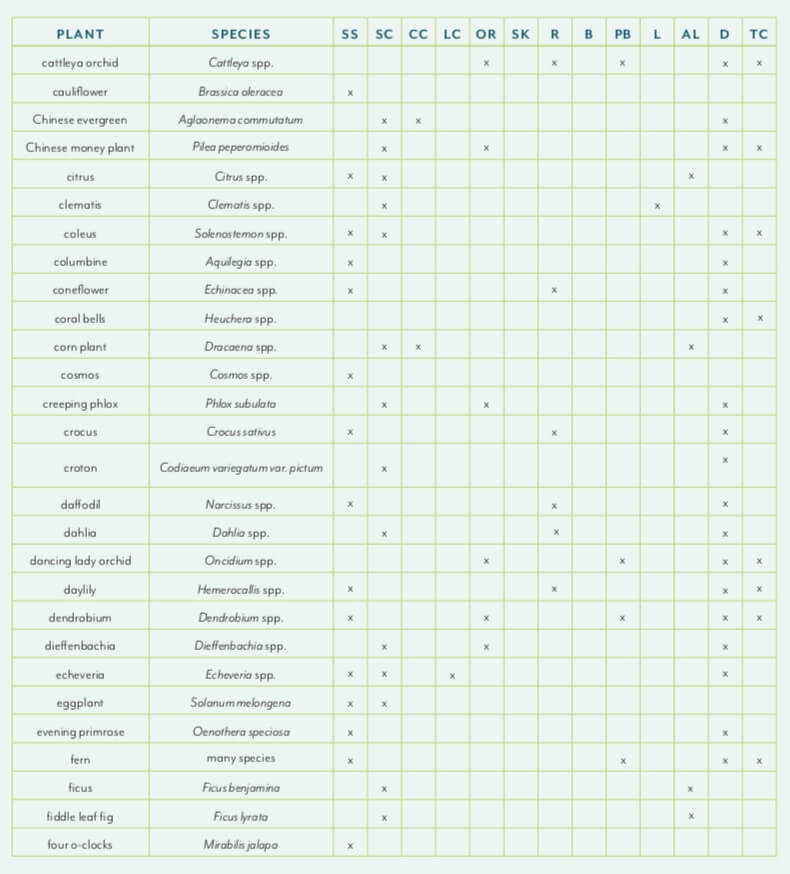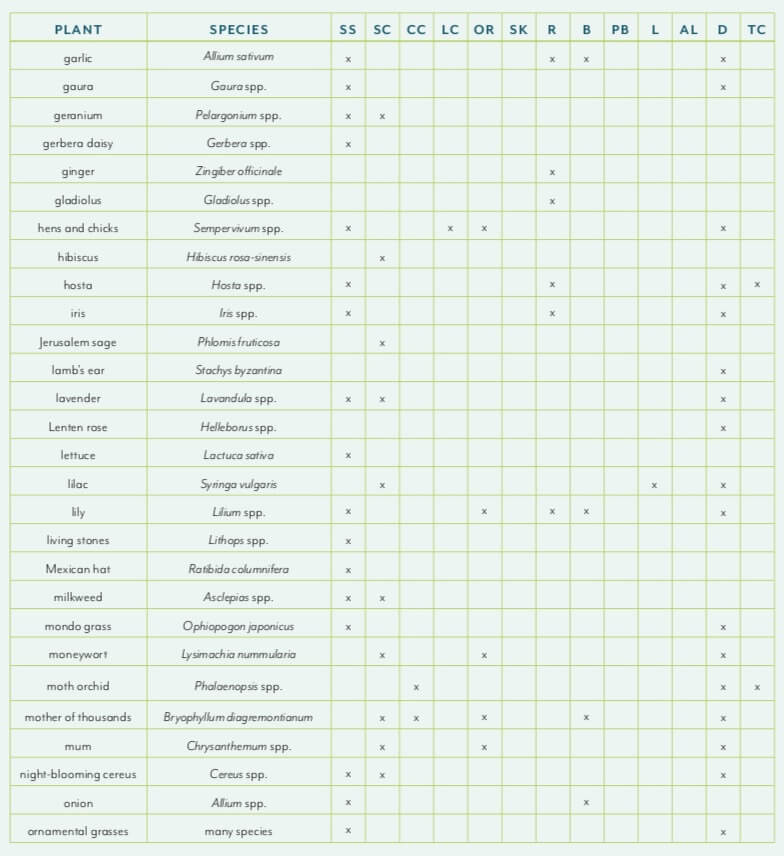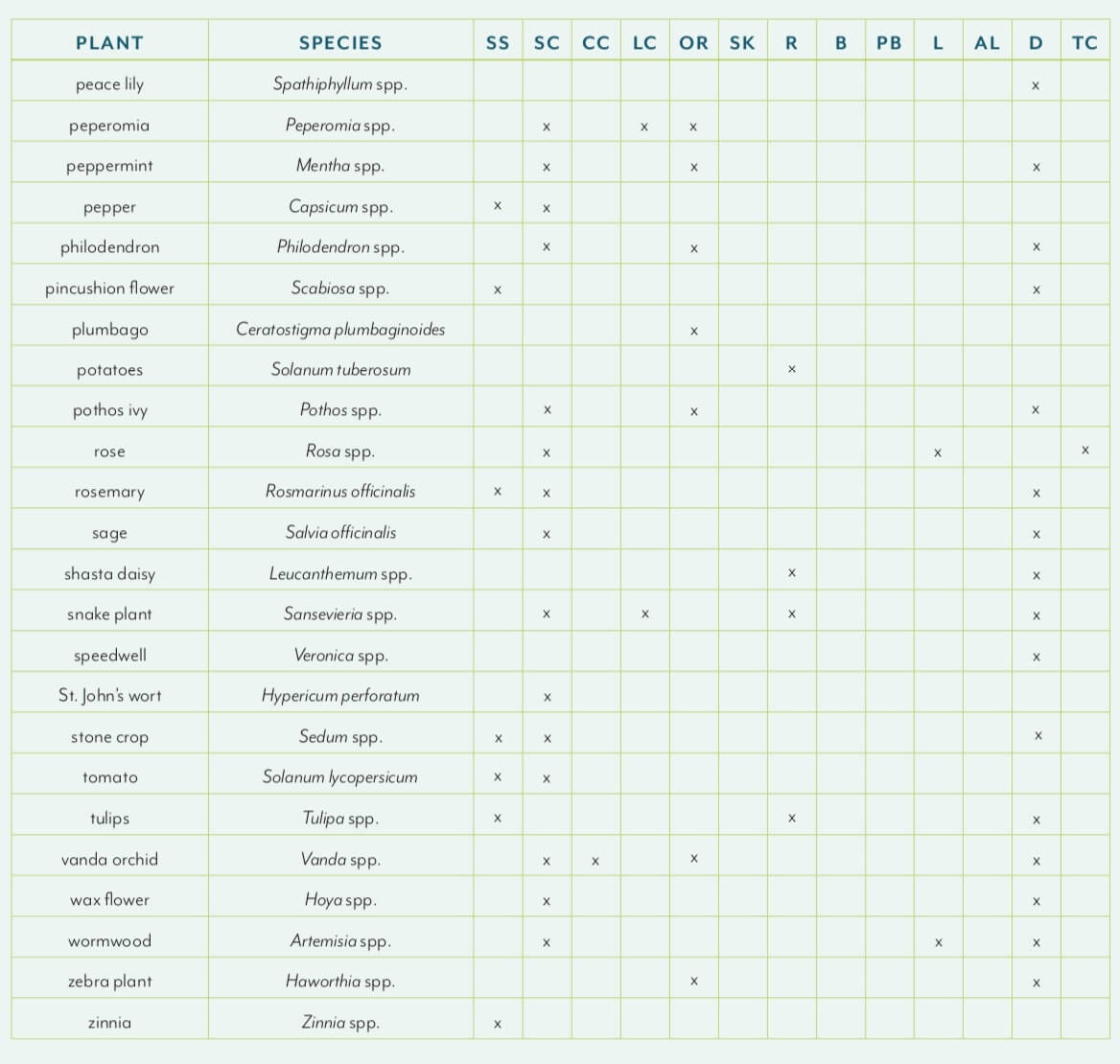Ebook Việt Hoá] Plant parenting: Easy ways to make more houseplants vegetables and flowers - LESLIE F. HALLECK
[Ebook Việt Hoá] Plant parenting – LESLIE F. HALLECK (Nhân giống cây) – VEGETATIVE PROPAGATION (Nhân giống theo hình thức Nhân Bản Dinh Dưỡng)
- Nguồn: [Ebook Việt Hoá] Plant parenting: E easy ways to make more houseplants, vegetables, and flowers – LESLIE F. HALLECK (Nhân giống cây: Những cách dễ nhất để nhân giống cây cảnh trong nhà, rau và hoa)
- Biên tập: Dũng Cá Xinh (Tháng 08/20201)
- Dịch: Huyền Nguyễn
English
When you are unable to collect seed from your chosen plant or the seeds are innately difficult to collect, purchase, or sow, vegetative propagation, also called cloning, is a better option. Cloning involves using existing plant tissue, such as a stem, leaf, petiole (the tissue that connects the leaf to the plant stem), root tissue, or young plantlet from a mother plant. Many plants can generate new root tissue (adventitious roots) and new shoot tissue (adventitious shoots) from other parts of the plant such as a stem or leaf. Once the new roots and shoots form from the existing plant tissue, a new plant clone develops. The resulting new plant will be identical to the mother plant from which you took the cutting.
New adventitious roots and buds can develop at the base of a leaf, leaf petiole, stem internode, node, or at the base where a stem has been cut, depending on the plant species. Have you ever been instructed to plant tomatoes deeper in the soil so that you bury part of the stem? That’s because tomatoes grow adventitious roots along their stems, which can make the plants stronger and more vigorous.
A callus often develops at the base of a cutting at the site of a wound, when conditions are good for rooting. A callus will look like a knot or knuckle growing at the base of a cut stem or leaf. Some plants will develop a callus and adventitious roots, or crown roots, simultaneously; other plants, such as citrus and peppers, must develop a callus first, before new roots can grow.
Many succulents can generate new root tissue from the base of a fallen leaf. The leaf will typically form a callus, and then new adventitious roots will form, followed by an adventitious bud and new shoot.
Other plants, such as the popular houseplants peperomia and begonia, can develop new roots on the leaf petiole and even from the veins along the leaf itself. These types of plants are masters of multiplication and can be propagated in several different ways. However, don’t expect your tomatoes or citrus plants to sprout new roots from just a leaf; the cells in their leaf and petiole tissue can’t grow new root or shoot tissue.
Some plants develop offsets, or pups, which come complete with their own root tissue and then can be divided from their mother and immediately potted up. Airplane plant (also called spider plant) produces easy-to-propagate offsets on flowering stems, while other plants grow offsets from under the soil around the base of the mother plant, or even on the edges of the plant’s leaves. Strawberry plants develop offsets on runner stems (stolons). These plantlets can be snipped off the stem and planted to grow entirely new plants.
In addition to green plant parts that can be used for vegetative propagation, other plant tissues allow plants to multiply vegetatively, such as bulbils, bulbs, bulblets, corms, crowns, rhizomes, stolons, suckers, and tubers. Many flowering plants can multiply by seed, as well as vegetatively using these other parts.
Ultimately, you’ll need to get to know the plant you’re propagating, learn how it reproduces in nature, and find out which plant parts are best used for prop- agation. Feel free to try several methods for a given plant to see which one works best for you.
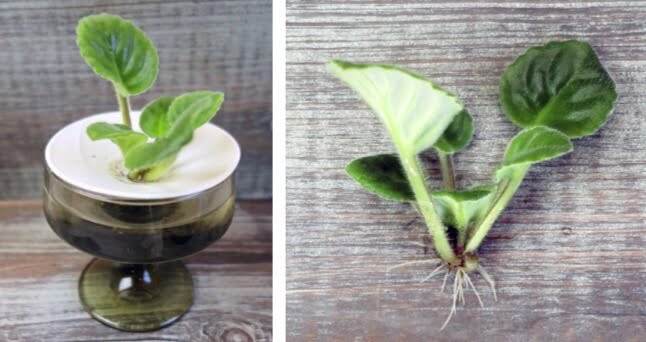
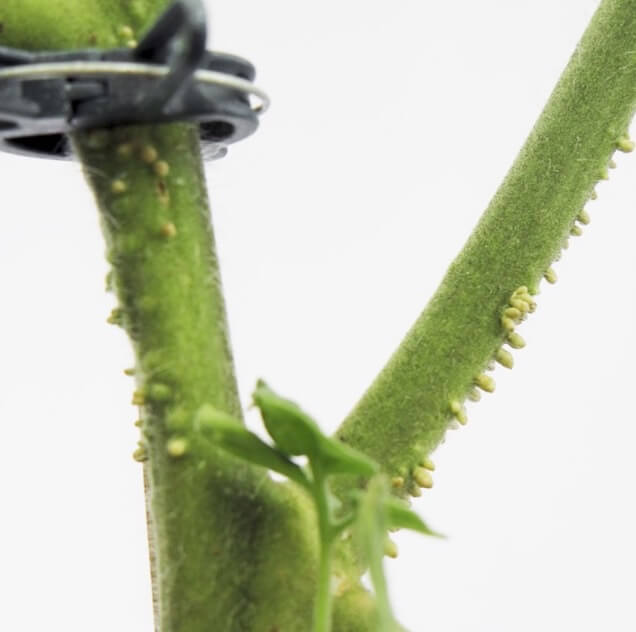
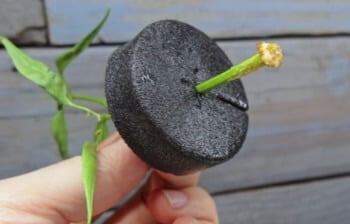
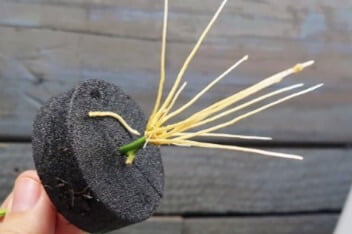
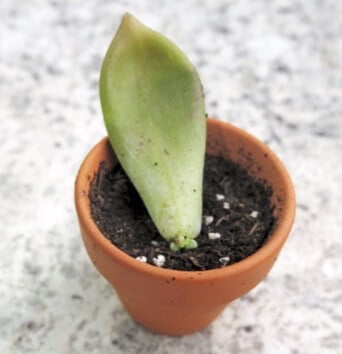
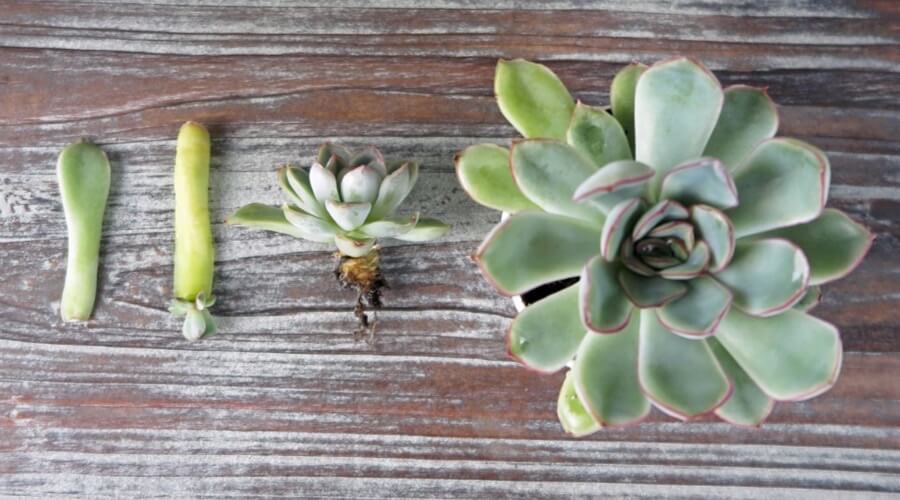
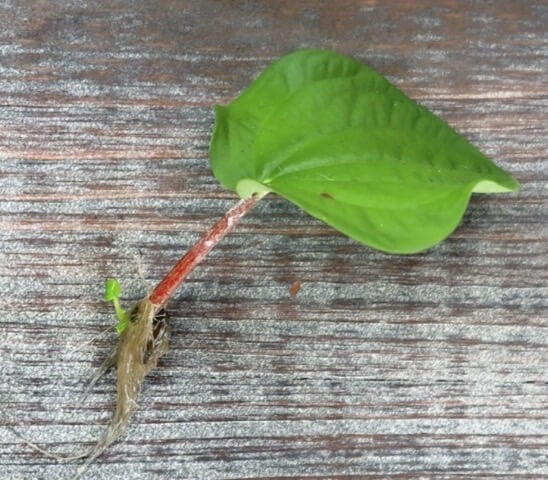
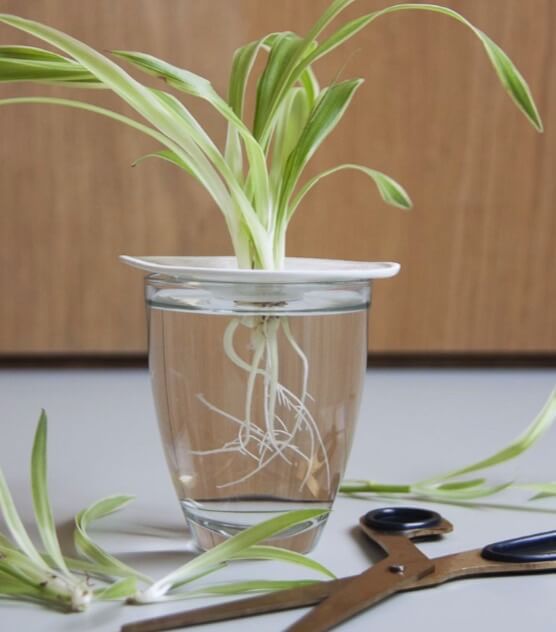
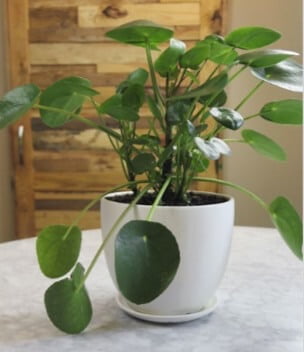
Tissue Culture
Tissue culture is a type of propagation performed in test tubes or Petri dishes. These days it’s more commonly referred to as micro-propagation. It’s a fascinating process by which tissue is extracted from a plant and grown in a sterile contained environment in a nutrient solution. The tiny propagule (plantlet) that forms is referred to as an explant. As the explant grows, it is transplanted into more traditional growing media and containers. Tissue culture is typically used in the commercial industry to propagate plants that are difficult to reproduce by other methods, to reduce disease and pest issues, and to produce large quantities of plantlets. However, some tissue culture kits are now available online to the home gardener, as well as books and online information that go into detail on tissue culture methods. As always, I encourage you to experiment beyond the boundaries of this book if you are so inspired.
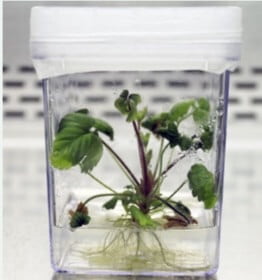
Common Propagation Methods for Some Popular Plants
Key:
- SS = seeds or spores,
- SC = stem-tip cutting,
- CC = cane cutting,
- LC = leaf cutting
- OR = offsets, runners
- SK = suckers
- R = rhizomes, bulbs, bulblets, tubers, corms, or root cuttings
- B = bulbils
- PB = pseudobulbs
- L=layering
- AL = air layering
- D = division
- TC = tissue culture
When should you choose vegetative propagation?
- When the seed of a plant is difficult to collect or not available
- When the seed of choice is very expensive
- When the plant you want to grow does not produce seed
- When growing a mature plant from seed will take longer than you want to wait
- When you want to reproduce clones from a hybrid cultivar
- When you want to create an exact copy of a plant variety you already have
Tiếng Việt
Khi bạn không thể thu thập hạt giống từ cây bạn đã chọn hoặc hạt giống khó thu thập, mua hoặc gieo, nhân giống sinh dưỡng, còn được gọi là nhân bản, là một phương pháp tốt hơn. Nhân bản vô tính liên quan đến việc sử dụng mô thực vật hiện có, chẳng hạn như thân, lá, cuống lá (mô nối giữa lá với thân cây), mô rễ hoặc cây con từ cây mẹ. Nhiều cây có thể tạo ra mô rễ mới (rễ bất định) và mô chồi mới (chồi bất định) từ các bộ phận khác của cây như thân hoặc lá. Khi rễ và chồi mới hình thành từ mô cây hiện có, cây mới sẽ phát triển. Cây mới sẽ giống với cây mẹ mà bạn đã cắt.
Rễ và chồi mới có thể phát triển ở gốc lá, cuống lá, lóng thân, đốt hoặc ở gốc nơi thân đã bị cắt, tùy thuộc vào loài thực vật. Bạn đã bao giờ được hướng dẫn trồng Cà Chua sâu hơn trong đất đến mức chôn một phần thân cây chưa? Đó là bởi vì Cà Chua phát triển các rễ bất định dọc theo thân cây, có thể làm cho cây khỏe hơn và sức sống mãnh liệt hơn.
Vết chai thường phát triển ở gốc vết cắt, khi có điều kiện tạo rễ tốt. Vết chai sẽ trông giống như một nút hoặc đốt ngón tay mọc ở phần gốc của thân hoặc lá bị cắt. Một số cây sẽ đồng thời phát triển mô sẹo và rễ phụ, hoặc rễ đỉnh; các cây khác, chẳng hạn như Cam Quýt và Ớt, phải phát triển mô sẹo trước khi rễ mới mọc.
Nhiều loài cây mọng nước (succulents) có thể tạo ra mô rễ mới từ phần gốc của một chiếc lá đã rụng. Thông thường, lá sẽ hình thành mô sẹo, và sau đó rễ mới sẽ hình thành, tiếp theo là chồi bất định và chồi mới.
Các loại cây khác, chẳng hạn như cây Trường Sinh (peperomia) và Thu Hải Đường (begonia), có thể phát triển rễ mới trên cuống lá và thậm chí từ các gân dọc theo chính lá. Những loại cây này là bậc thầy về nhân giống và có thể được nhân giống theo nhiều cách khác nhau. Tuy nhiên, bạn đừng mong đợi Cà Chua hoặc cây họ Cam Quýt sẽ nảy mầm ra rễ mới từ một chiếc lá bởi các tế bào trong mô lá và cuống lá của chúng không thể phát triển mô rễ hoặc mô chồi mới.
Một số cây phát triển các nhánh con, hoặc các cây con, chúng hoàn thiện với mô rễ và sau đó có thể được tách từ cây mẹ và ngay lập tức được trồng trong chậu. Cỏ Lan Chi (còn gọi là cây Nhện) tạo ra các nhánh dễ nhân giống trên các thân có hoa, trong khi các cây khác phát triển các nhánh từ dưới đất xung quanh gốc của cây mẹ hoặc thậm chí trên các mép lá của cây. Cây Dâu Tây (strawberry plant) phát triển chồi trên các nhánh (stolons). Những cây con này có thể được cắt và trồng để phát triển thành những cây hoàn toàn mới.
Ngoài các bộ phận cây xanh có thể được sử dụng để nhân giống sinh dưỡng, các mô thực vật khác cũng có thể nhân giống sinh dưỡng, chẳng hạn như thân củ, thân cây, thân rễ, chồi ngọn và củ. Nhiều loài thực vật có hoa có thể nhân giống bằng hạt, cũng như nhân giống sinh dưỡng bằng cách sử dụng các bộ phận khác.
Cuối cùng, bạn sẽ cần phải biết về loài cây mà bạn đang nhân giống, tìm hiểu cách chúng nhân giống trong tự nhiên và tìm ra những bộ phận nào được sử dụng tốt nhất để trồng trọt. Hãy thử một số phương pháp cho một loại cây nhất định để xem phương pháp nào phù hợp nhất với bạn.









Nuôi cấy mô
Nuôi cấy mô là một kiểu nhân giống được thực hiện trong ống nghiệm hoặc đĩa Petri. Ngày nay, nó thường được gọi là nhân giống vi mô. Đó là một quá trình thú vị khi mà mô được chiết xuất từ thực vật và được nuôi cấy trong môi trường vô trùng chứa trong dung dịch dinh dưỡng. Cây mầm nhỏ (cây con) hình thành được gọi là mẫu cấy. Khi mẫu cấy phát triển, nó được cấy vào các thùng chứa và giá thể trồng trọt truyền thống. Nuôi cấy mô thường được sử dụng trong ngành công nghiệp thương mại để nhân giống các cây trồng khó nhân giống bằng các phương pháp khác, để giảm các vấn đề về dịch bệnh và sâu bệnh, đồng thời tạo ra số lượng lớn cây con. Tuy nhiên, một số bộ dụng cụ nuôi cấy mô hiện có sẵn trực tuyến cho người làm vườn tại nhà, cũng như sách và thông tin trực tuyến hướng dẫn chi tiết về các phương pháp nuôi cấy mô. Nếu bạn có hứng thú, tôi khuyến khích bạn thử nghiệm phương pháp này.

Các phương pháp nhân giống phổ biến cho một số loại cây phổ biến
Từ khóa:
- SS = hạt hoặc bào tử,
- SC = giâm ngọn thân,
- CC = giâm cành,
- LC = giâm lá
- OR = chồi
- SK = nhánh
- R = giâm thân rễ, củ, thân củ, thân cây, hoặc rễ
- B = củ
- PB = giả hành
- L= phân lớp
- AL = phân lớp không khí
- D = tách
- TC = nuôi cấy mô
Khi nào bạn nên chọn phương pháp nhân giống sinh dưỡng?
- Khi hạt giống của cây khó thu hái hoặc không có sẵn
- Khi hạt giống rất đắt
- Khi cây bạn muốn trồng không ra hạt
- Khi trồng một cây trưởng thành từ hạt sẽ mất nhiều thời gian hơn nhân giống sinh dưỡng
- Khi bạn muốn nhân bản vô tính từ một giống cây lai
- Khi bạn muốn tạo một bản sao chính xác của một giống cây trồng mà bạn đã có
![[Ebook Việt Hoá] Plant parenting – LESLIE F. HALLECK (Nhân giống cây) – VEGETATIVE PROPAGATION (Nhân giống theo hình thức Nhân Bản Dinh Dưỡng) [Ebook Việt Hoá] Plant parenting – LESLIE F. HALLECK (Nhân giống cây) – VEGETATIVE PROPAGATION (Nhân giống theo hình thức Nhân Bản Dinh Dưỡng)](https://vn1.vdrive.vn/codai.net/2021/02/ebook-huong-dan-nhan-giong-cay-canh-rau-va-hoa-02.jpg)
